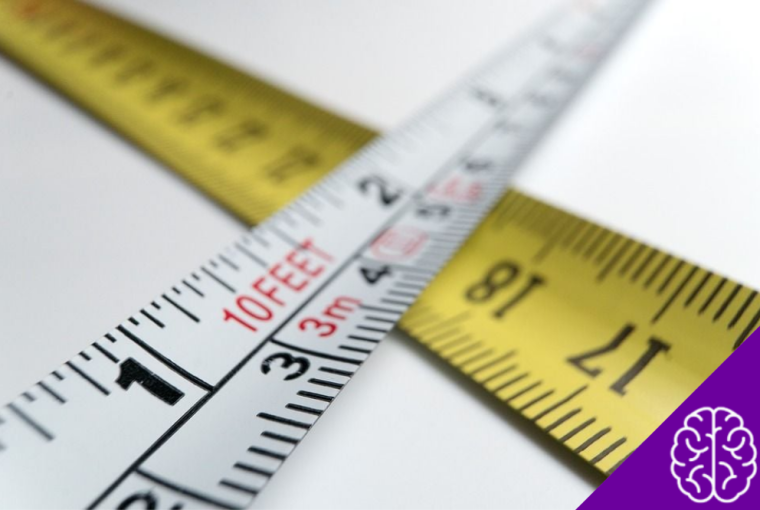Measurement systems shape how we weigh, count, and quantify the world around us. Whether you’re buying a gallon of milk, measuring your height in centimeters, or adjusting a recipe by grams, you’ve likely come across two dominant systems of measurement—the imperial and the metric. But where did these systems come from, and why do some countries use one over the other?
This guide dives into the origins and evolution of the imperial and metric systems, explains their key differences, and highlights how these measurement systems impact our daily lives.
What Are the Imperial and Metric Systems?
Before exploring their histories, it’s best to understand what these systems actually are.
- The Imperial System: Commonly used in the United States, Liberia, and Myanmar, the imperial system uses units such as inches, feet, pints, and pounds.
- The Metric System: Used in most of the world, this decimal-based system relies on units such as meters, liters, and grams, making it remarkably easy to scale measurements by factors of ten.
Now, let’s explore how these systems came to dominate the modern world.
The Origins of the Imperial System
Born in Britain
The imperial system traces its roots back to medieval England. Its foundations can be linked to ancient Roman units of measurement, which influenced English standards over time.
By the 12th century, King Henry I decided to define the yard as the distance from his nose to the tip of his outstretched thumb. While a good story, this standard lacked precision.
By the 1820s, British lawmakers sought to unify and refine these measurements, officially establishing the imperial system of units in 1824. This system standardized weights, lengths, and volumes for trade and commerce across the British Empire.
Exporting Imperial Standards
During the height of the British Empire, this system spread across its colonies, embedding itself in global trade. The United States, having gained independence in 1776, adopted a version of these units called the United States Customary System, which closely mirrors the imperial framework.
The Metric Revolution
A French Creation
The metric system emerged from the tumultuous period of the French Revolution. Chaos reigned, and the need for fair, consistent measurements became apparent when taxation standards varied widely across regions.
In 1795, France introduced the first version of the metric system, based on natural constants. For example, the meter was defined as one ten-millionth of the distance from the equator to the North Pole along a meridian.
While this definition sounds complicated, it established a clear and consistent standard—and marked the beginning of the universally scalable metric system.
The Global Spread
By the mid-19th century, many countries saw the benefits of the metric system’s simplicity and started adopting it. Its base-10 design made it intuitive and practical, particularly for industries like manufacturing and science.
To encourage worldwide uniformity, the Metre Convention was signed in 1875 by 17 nations, creating the International Bureau of Weights and Measures to maintain standards. Today, over 95% of countries use the metric system as their official standard.
Imperial vs. Metric: Key Differences
Now that we’ve explored their origins, let’s compare the two systems side by side to highlight their practical distinctions.
| Feature | Imperial System | Metric System |
| Unit Base | Varied scales (e.g., 12 inches = 1 foot) | Decimal-based (e.g., 1000 meters = 1 kilometer) |
| Examples of Units | Inches, pounds, gallons | Meters, kilograms, liters |
| Ease of Conversion | Complex (e.g., 16 ounces = 1 pound) | Simple (e.g., multiply by 10 to scale) |
| Usage | US, Liberia, Myanmar | Most of the world |
Why the US Stuck with the Imperial System
You might wonder, “If the metric system is so simple, why hasn’t the US fully adopted it?”
The reasons are twofold—cultural and economic. The imperial measurement system became deeply ingrained in American life through manufacturing, education, and infrastructure. A full transition would require enormous investments in re-educating citizens, recalibrating machines and tools, and adapting everyday products. Efforts to metrify the US peaked during the 1970s but stalled due to resistance from industries and the public.
Still, metric units are present in many areas of American life—soda bottles are measured in liters, athletes run track distances in meters, and scientific research universally uses metric standards.
Everyday Impacts of Measurement Systems
Whether measuring the weather, baking a cake, or managing international trade, the choice between metric and imperial systems has far-reaching consequences.
- Global Trade: Standardized measurements minimize confusion in international trade. Countries using inconsistent systems might require dual packaging or product descriptions.
- Science and Medicine: The universal adoption of the metric system in science ensures consistency in experiments, medicine dosages, and data sharing globally.
- Cooking: Recipes can feel daunting when they mix systems. Precision matters, and converting between grams and ounces during cooking can lead to inaccuracies.
The Future of Measurement Systems
Will the imperial system eventually fade into history? Or will dual systems always exist?
The global trend favors the metric system due to its simplicity, especially as digital technology and globalization push industries toward standardization. However, cultural attachment and practicality mean the imperial system isn’t going anywhere soon in the U.S. or its small group of holdouts.
Still, no matter which system you use, the key is understanding how each works—and taking the time to appreciate the fascinating history behind how we measure the world.
Final Thoughts!
From its royal origins in England to its revolutionary beginnings in France, the imperial and metric systems have shaped how societies function and interact. Both systems reflect the values and needs of the time periods that created them, carrying a cultural significance that extends far beyond numbers.
Want to impress your friends at trivia or finally conquer recipe conversions? Understanding these two systems is not just for math enthusiasts—it’s a practical skill for navigating the modern world. What system do you use most often? Share your thoughts below!


